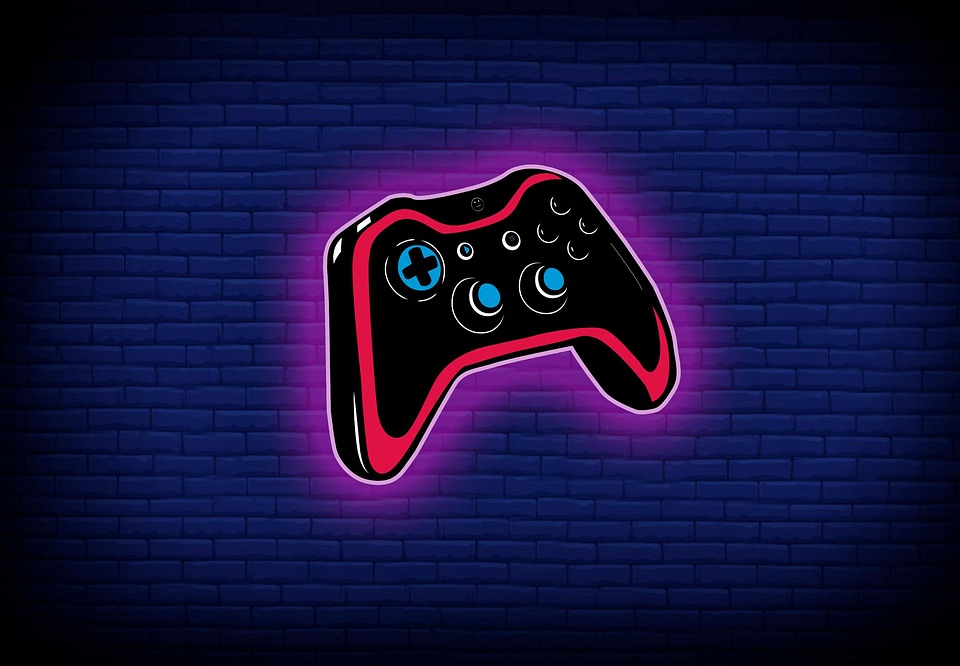As the gaming industry evolves, so does the technology and equipment that enhances the experience. One crucial yet often overlooked aspect of game design is ergonomics— the study of people’s efficiency in their working environment. In gaming, particularly in controller design, ergonomics plays a vital role in ensuring that players can enjoy hours of gameplay without discomfort or fatigue while maximizing performance. Let’s explore the fundamentals of ergonomic design in gaming controllers and how they influence player experience.
Understanding Ergonomics in Gaming
Ergonomics is about creating products that fit the users’ needs, enhancing comfort, and reducing the risk of injury. In gaming, this translates to designing controllers that not only feel good in the hands but also promote effective gameplay. Poorly designed controllers can lead to discomfort, strain injuries, and can significantly detract from the overall gaming experience.
Factors Influencing Ergonomic Design
-
Grip Shape and Size
- Controllers come in various shapes and sizes to accommodate different hand sizes and grip styles. A well-designed controller should fit naturally in the hand, allowing fingers to easily reach buttons without excessive stretching or straining.
- Some controllers offer interchangeable grips or accessories to cater to a wide range of hand sizes and preferences, allowing for a customized fit for each player.
-
Button Layout
- The layout of buttons, triggers, and analog sticks plays a pivotal role in the ergonomic design of controllers. Essential buttons should be intuitively positioned, allowing for easy access without needing to shift the grip.
- Many modern controllers feature programmable buttons or customizable layouts, which help players adapt the controller to their style and preferences, enhancing comfort and performance.
-
Weight and Balance
- Heavier controllers can lead to fatigue over extended gaming sessions. A well-balanced controller distributes weight evenly across the device, reducing strain on the wrists and hands.
- Lightweight materials, while retaining robustness, are often used to create controllers that feel comfortable for long-term use.
-
Textured Surfaces
- Textured grips can prevent slipping and enhance control, making it easier to maintain a solid grip during intense gameplay. Materials such as rubber or silicone coverings can improve tactile feedback and increase comfort.
- Vibration and Feedback
- Haptic feedback adds an immersive element to gaming, but it should not compromise comfort. Proper ergonomic design considers the intensity and frequency of vibrations, ensuring they enhance rather than detract from the gaming experience.
The Impact of Ergonomics on Performance
The right controller design can significantly enhance a player’s performance. Comfortable control allows players to focus on gameplay rather than adjusting their grips or compensating for discomfort. Studies show that ergonomic controllers can improve overall gaming performance, helping players achieve faster reaction times and more accurate movements.
Health and Injury Prevention
One of the primary goals of ergonomic design is to reduce the risk of injuries associated with repetitive strain, such as carpal tunnel syndrome and tendonitis. Controllers designed with ergonomics in mind can help mitigate these risks by promoting a natural hand position and reducing unnecessary strain on muscles and joints.
Adjustable Features
Companies are increasingly designing adjustable features, such as removable or adjustable thumbsticks and triggers, which allow users to modify the controller to suit their specific needs. This adaptability can cater to players with existing discomfort or those who play different genres requiring different grips.
The Future of Ergonomics in Gaming
As gaming continues to advance, so too will the focus on ergonomic design. With the rise of virtual reality (VR) and augmented reality (AR), there will be unique challenges and opportunities in controller design. VR controllers, for example, must be lightweight and comfortable while allowing for natural hand movements, demanding an even greater emphasis on ergonomic principles.
Inclusive Design
As the gaming community becomes more diverse, ergonomic design is extending beyond just comfort and performance; it is also about inclusivity. Developers are starting to take into account different abilities, disabilities, and preferences to ensure that everyone can enjoy the gaming experience. This includes creating adaptive controllers and customizable features that accommodate a broader range of physical capabilities.
Conclusion
Ergonomics in gaming is not merely a luxury; it is an essential aspect of design that can make or break the gaming experience. As players dedicate countless hours to their favorite games, thoughtful controller design can significantly enhance both comfort and performance while reducing the risk of injury. The future of gaming controllers lies in an increased emphasis on ergonomic principles, ensuring a more enjoyable and inclusive gaming world for everyone. As the industry moves forward, we can expect creative innovations in controller design that prioritize the player’s well-being as much as the game itself.



